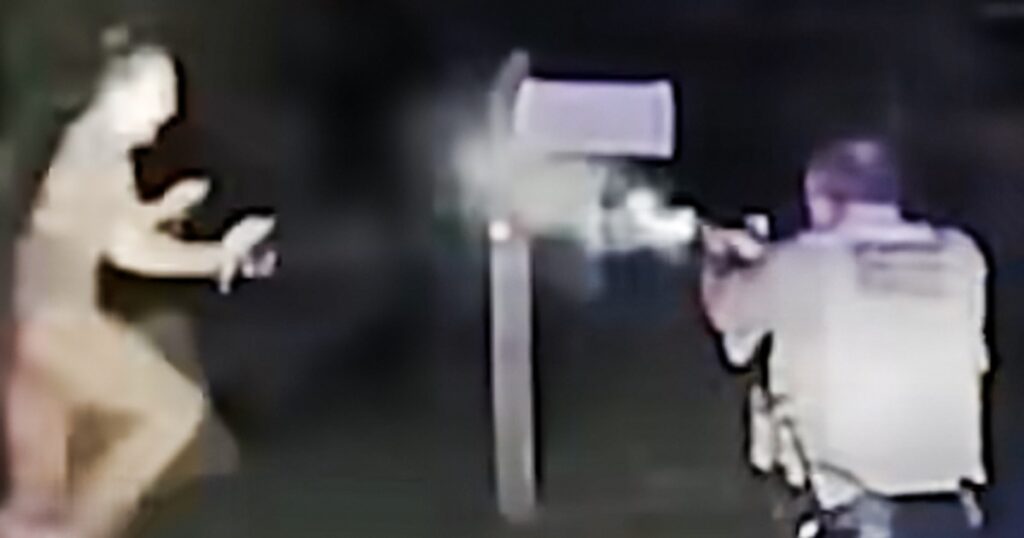
HENDERSON, Texas — Timothy Michael Randall was on the phone with his mother when a police car pulled up behind his Nissan Altima with its lights flashing. It was just after 12:30 a.m. on Sept. 14, 2022, and Randall was heading to his cousin’s house after a night out.
“He had called to let me know that he was going to be home a few minutes later,” Randall’s mother, Wendy Tippitt, recalled. “So I wouldn’t worry.”
Randall, 29, pulled over and hung up with his mom. Sgt. Shane Iversen of the Rusk County Sheriff’s Office walked up to the Altima and told Randall that he had run a stop sign, police dash camera footage shows. Randall denied doing so, and Iversen ordered him out of the car.
What began as a routine traffic stop, on a country road two hours east of Dallas, quickly spun out of control.
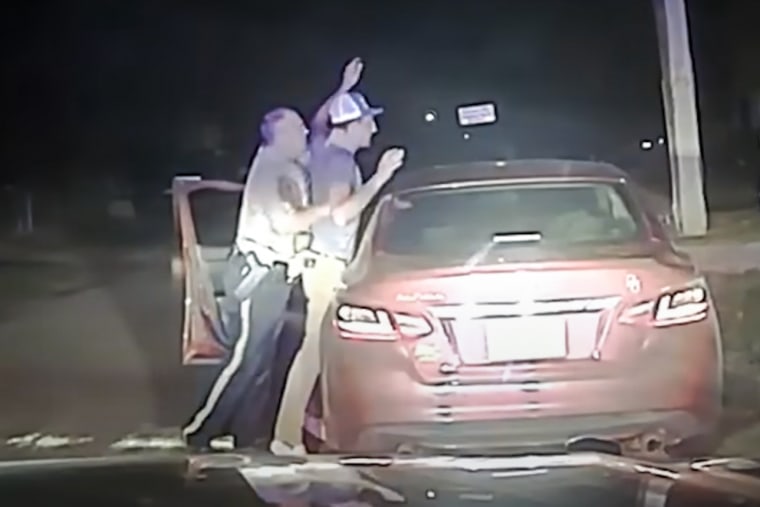
As Randall was stepping out of the car, he put his wallet in his back pocket and adjusted his waistband.
Iversen dug his hands into the front of Randall’s pants and then told him to put his hands behind his back, the dash cam footage shows. Randall kept his arms raised.
“Officer, I don’t have anything on me,” he said.
“Officer, please, can you tell me what I’m under arrest for?” Randall asked moments later.
Iversen didn’t respond. Instead, he wrestled Randall to the pavement.
“Officer, please,” Randall pleaded again as he struggled to get to his feet.
Then Iversen threw Randall to the ground again. He landed on his back several feet away, but the momentum brought him back to his feet. Randall began to turn to run away from Iversen, who had already pulled out his gun and was pointing it at Randall.
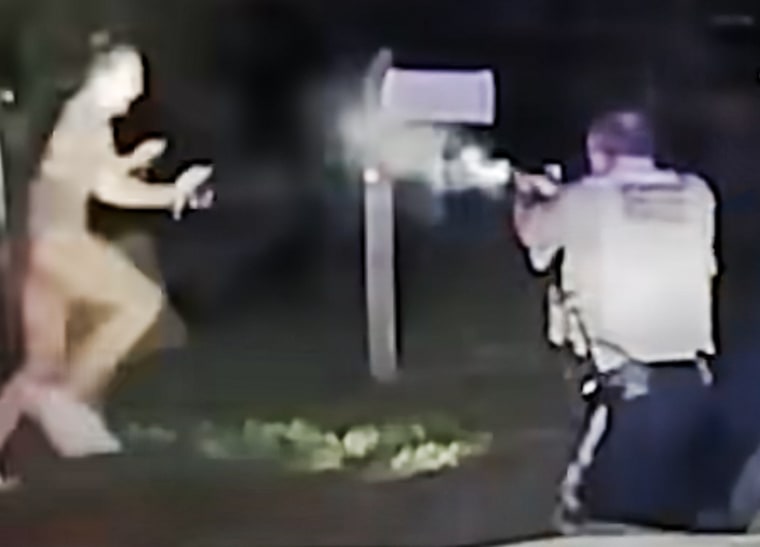
“Get down,” Iversen yelled as he fired one shot, striking Randall in the chest.
Randall continued to run down the street but collapsed face down. Iversen radioed for help and then tried to render medical aid, but Randall died on the pavement. The bullet had torn through his ribs, lungs and heart, according to autopsy records.
After another deputy arrived minutes later, Iversen, then 57, returned to his patrol car and phoned a colleague.
“I just smoked a dude,” he said in a hushed voice.
In the following days and weeks, Randall’s mother searched for answers in vain, calling the Texas Rangers and the Rusk County district attorney’s office. She had no idea how her son wound up dead after a police traffic stop.
“No one was telling us anything,” said Tippitt, who was born and raised in Rusk County and now cleans houses for a living.
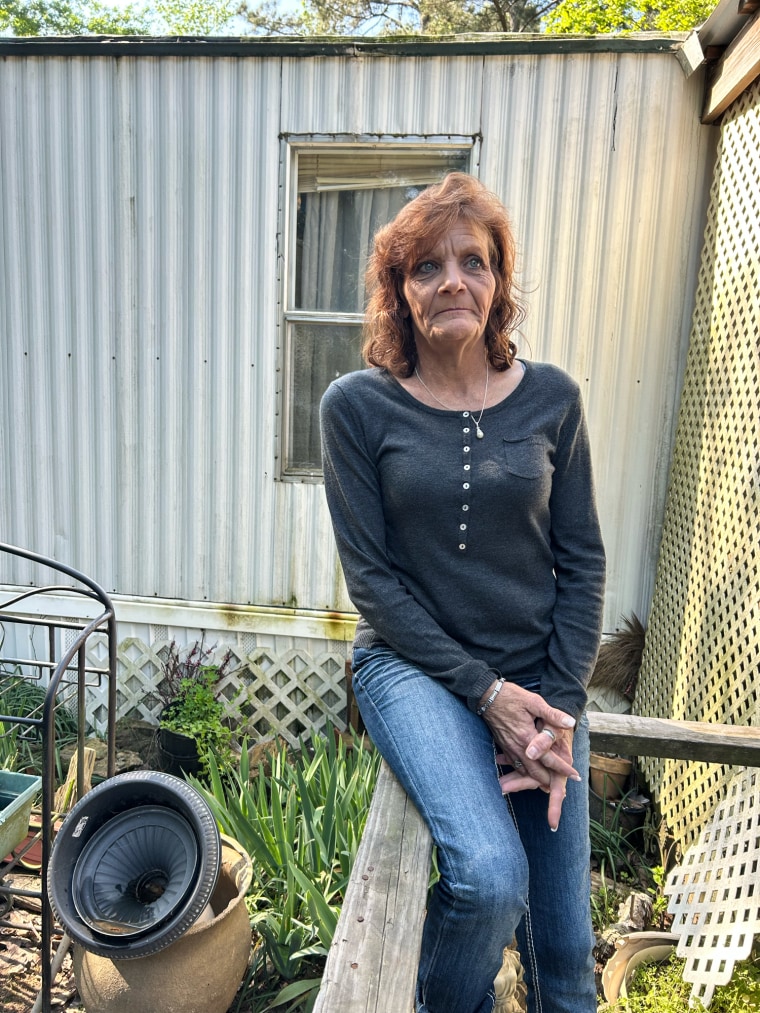
Her first shock came two months after the shooting when a grand jury returned a no bill in the case, meaning it chose not to indict Iversen for killing an unarmed man.
The second came last summer when Iversen’s lawyers turned over the dashcam video after she filed a federal lawsuit. Nearly two years after the shooting, she finally got to see, in brutal detail, what happened in the moments before her youngest son was killed.
“The only person that was attacking anybody was Sgt. Iversen attacking my son,” Tippitt said.
Iversen quietly retired after the shooting and fought in court to keep the video from being made public. Its release sparked a backlash in rural Rusk County. It also set Randall’s mother on a crusade to get justice for his killing.
But whether that will happen — and what it would even look like — remains to be seen.
‘Survival instinct kicked in’
In every year of the past decade, roughly 1,000 people have been shot and killed by police in the U.S., according to a database created by The Washington Post.
The vast majority of these shootings don’t make national headlines. Many involve a person who was armed at the time or who acted aggressively toward officers.
Randall was not armed, and the video shows he was not aggressive toward Iversen. Yet the case has received little attention outside Rusk County — leaving Randall’s family to process his killing alone and further reinforcing their feeling that, to the police and outside world, his life didn’t matter.
“Me and my family, we don’t come from money,” said Randall’s older brother Douglas, an Army veteran who served for 10 years.

Their parents divorced when the boys were toddlers, and their mother worked several jobs — customer service rep, waitress, school lunch lady — to keep the family afloat while raising the boys alone.
“No one has said an apology in Rusk County,” Douglas added. “No one has shown remorse.”
When their paths crossed in the fall of 2022, Randall and Iversen were at very different stages of life.
Randall had struggled to find his footing after graduating from high school, where he played football and basketball. He found work as a welder but was arrested a handful of times on drug possession charges, leading to two felony convictions and two stints in prison.
Despite spending three years behind bars, Randall remained easygoing and optimistic, family members said. He was working in construction at the time of the shooting and had recently moved in with his mother following a break-up.
“He always tried to look at the positive,” his mother said. “He was just an upbeat, happy person.”
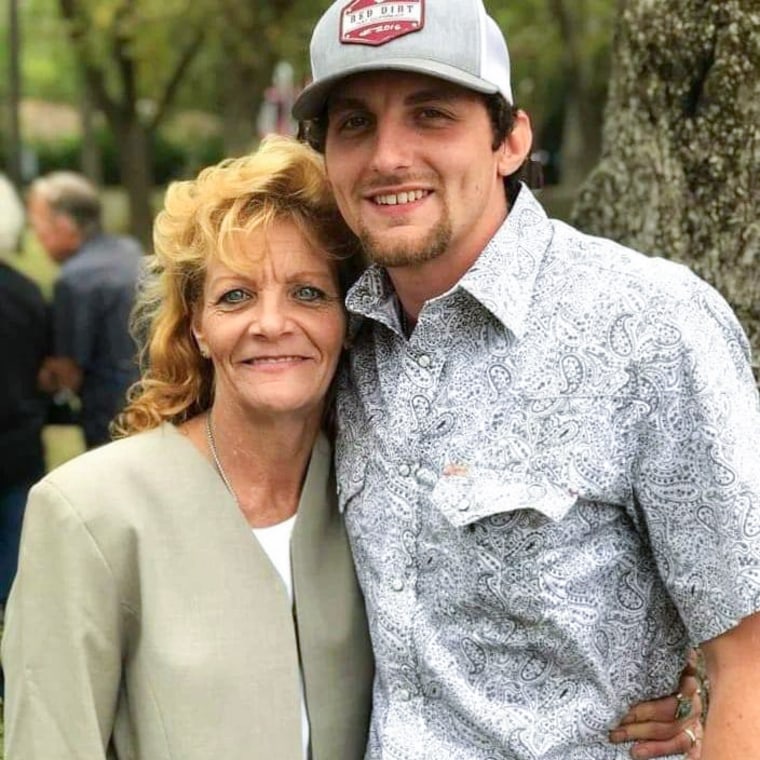
Iversen was nearing the end of his law enforcement career. By the time he pulled over Randall, he had been working as a police officer for 13 years, first in Dallas and then in Rusk County, where he was hired in 2020. He was also a decorated Army special forces soldier who served in Iraq and Afghanistan.
Iversen’s military career began in 1986 with the Marines. He later joined the Army and then served in special forces, rising to the rank of senior sergeant, military records show. He deployed to Afghanistan for four months in 2003 and then to Iraq from April 2007 to September 2008 — earning a Bronze Star for valor, the fourth highest military decoration.
Two days after the killing, Iversen sat for an interview with the Texas Rangers, the agency that investigates police shootings. Reflecting on his military career, he said he was involved in one or two “direct fire engagements” in Afghanistan and at least 10 in Iraq.
“Those were most of the raids that we did,” he said about his time in Iraq, according to a transcript obtained by NBC News.
Iversen told the investigators he was on high alert when he walked up to Randall’s car because Randall had been driving in an area known for drug trafficking and didn’t immediately pull over.
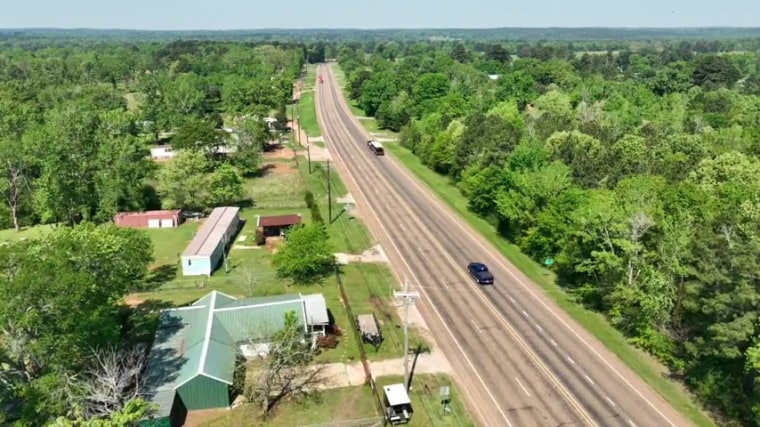
Iversen observed an open can of Modelo lime beer in Randall’s car and suspected he was drunk, Iversen told the investigators. After he asked Randall to step out of the vehicle, Randall made a “furtive gesture” with his right hand that made Iversen think he might have a weapon, the deputy told investigators.
He patted down Randall and felt a rectangular, soft object in his pants. When he squeezed it, Iversen said, he felt something small and hard inside that he thought might be a mini revolver.
“At that point, I’m like I have an issue here,” Iversen said in the interview.
Iversen said he threw Randall to the ground because he was concerned the man might be able to reach what he thought was a gun. But Randall was quicker than he was and managed to get back up to his feet, Iversen said.
“At this point in time, I see him running towards me,” Iversen said. “I’m on my knees and I’m like he’s coming at me.”
“I don’t want to be caught on my knees with this active guy with a weapon in his waistband,” Iversen added. “At that point … survival instinct kicked in, and I drew and fired one round at him.”
After the shooting, Iversen said, he searched Randall’s pockets and found a soft glasses case with a meth pipe inside. The dashcam footage doesn’t show Iversen finding a pipe — Randall’s body is mostly out of the frame — but at one point he does mention it to another deputy.
“It was a f—— meth pipe, man,” Iversen said.
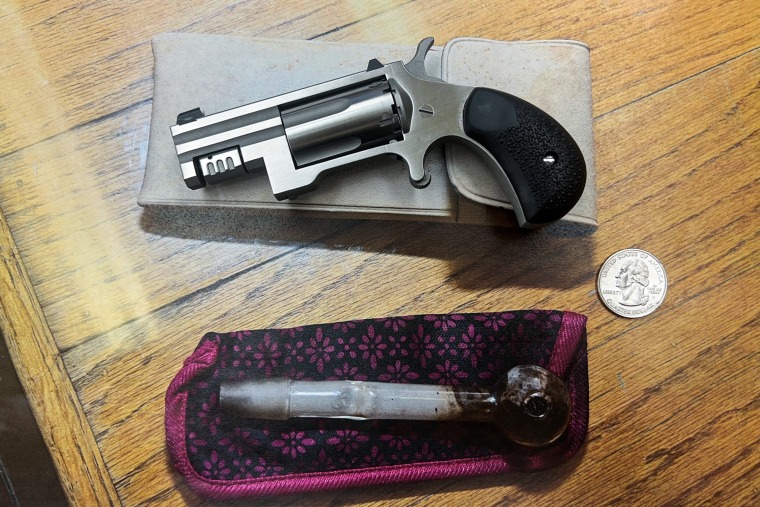
Toxicology testing found that Randall had in his system methamphetamine, marijuana and alcohol, though his blood alcohol level — 0.017 — was far below the legal limit. A crystal-like substance found in his wallet was determined to be meth, according to a state crime lab report.
‘There was no threat’
After reviewing the dashcam footage and the Texas Rangers report, two police use-of-force experts contacted by NBC News said they saw no reason for Iversen to open fire during the encounter.
Mickie McComb, a former New Jersey state trooper, said Randall never made any movement that would suggest he was “drawing or attempting to draw a weapon” and at no point was he “charging the officer.”
“There was no threat,” added McComb, who now works as an expert witness on use-of-force cases. “He should have never used deadly force. It was completely uncalled for.”
David Klinger, a former police officer in Los Angeles and Redmond, Washington, offered a similarly blunt assessment.
“It doesn’t make any sense why he shot the guy,” said Klinger, a criminology professor at the University of Missouri-St. Louis who researches police shootings.
Klinger said he doesn’t understand why Iversen would try to tackle a man whom he believed to be carrying a gun. If he wasn’t able to grab the weapon himself, Klinger said, he should have stepped back, drew his own firearm, radioed for back up and ordered the man onto his knees or onto a prone position on the ground.
“You give him verbal commands to keep his hands in plain view,” Klinger added.
McComb said he believes that Iversen would have faced criminal charges — and likely ended up in prison — had the incident occurred in the Northeast.
“It’d be a completely different ball game,” McComb said. “That’s a bad case.”
Grand jury proceedings are held in secret, so it’s not clear what evidence was presented.
Micheal Jimerson, the district attorney for Rusk County, did not respond to multiple requests for comment.
‘Worst police shooting I’ve ever seen’
In October 2023, Tippitt filed a federal lawsuit against Iversen and Rusk County alleging constitutional violations for excessive use of force, unlawful detention and false arrest.
At that point, neither Randall’s mother nor any member of the public had seen video of the encounter. Last summer, a judge compelled Iversen’s lawyers to turn over evidence in the case, which included the dashcam footage.
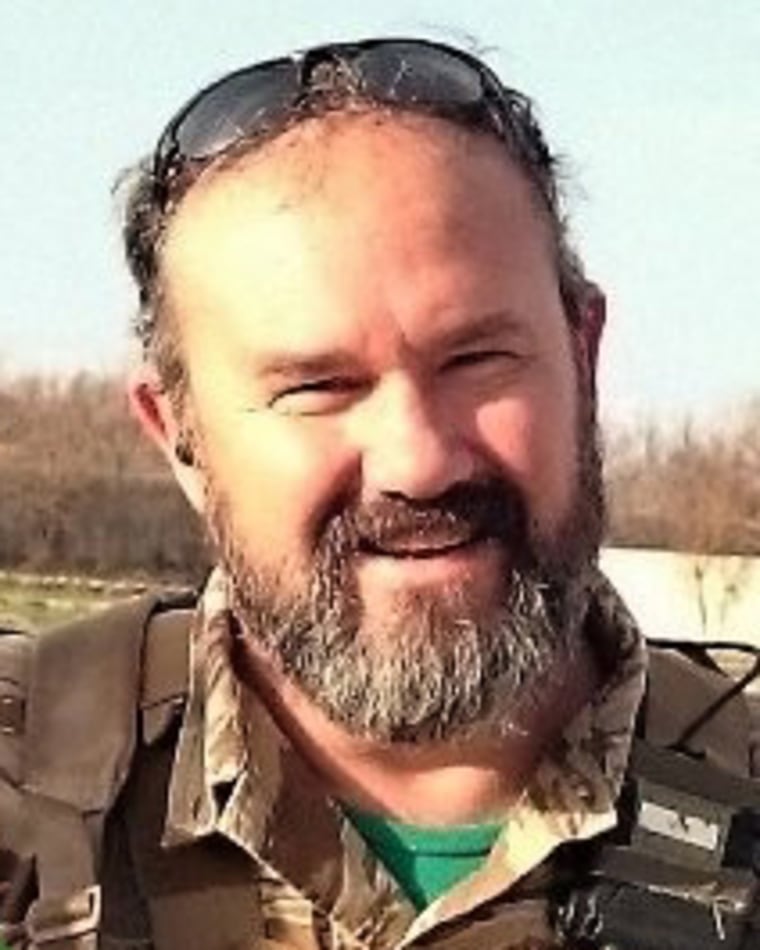
Iversen then asked a judge to bar the public release of the video, arguing that it could compromise his safety and taint a jury pool. But a judge ruled against him in June 2024.
Tippitt’s lawyer, Joseph Oxman, was in his office in Philadelphia when he played the clip for the first time. He said at first he couldn’t believe what it showed.
“I think it’s the worst police shooting I’ve ever seen,” Oxman said. “It looks like an execution.”
The video showed something else that stood out to Oxman.
An early portion indicates that, at the time Randall allegedly ran the flashing stop sign, Iversen was likely too far away from the intersection to see it. Iversen acknowledged as much in his interview with the Texas Rangers, saying he couldn’t see the full intersection but knew it well enough to deduce that Randall’s vehicle hadn’t come to a stop.
“There’s no way he could have seen him,” said Oxman, who is an adjunct professor of law at Rutgers University. “He was over 2,000 feet away.”
The release of the video set off small protests in Rusk County and triggered a flood of angry posts on the sheriff department’s Facebook page.
Iversen filed a motion for summary judgment, asking for the case to be thrown out on the grounds of qualified immunity, a legal doctrine that shields police officers from civil lawsuits. He argued that Randall’s mother failed to identify any action of his that had violated the constitution and that his conduct was “objectively reasonable.”
“Sgt. Iversen believed if Randall reached him, Sgt. Iversen would be in a fight for his life, with either Randall’s weapon used to injure or kill him, or Randall taking away his own weapons and using them against him,” wrote Iversen’s attorneys, Robert Davis and Lee Correa.
In an interview with NBC News, Davis portrayed Randall as the aggressor in the confrontation and called him a “three time loser,” a term for people who face long prison sentences after getting a third felony conviction.
“I think the suspect made up his mind that he was fleeing,” Davis said. “If he had to fight the officer or injure the officer, I don’t think the suspect cared at all.”
Earlier this year, a federal magistrate judge in Texas took a different view and recommended that Iversen’s motion for summary judgment be denied. The judge, John Love, wrote that based on the evidence presented, “a reasonable juror could find” that:
- “The use of deadly force was excessive as the crimes at issue were minor non-violent crimes (e.g., traffic violation, open container, possession).”
- “[Randall’s] resistance was not physical towards [Iversen].”
- “And [Randall] was unarmed with his hands empty and open while Defendant Iversen shot him from a kneeling position as [Randall] was turning to run away.”
A district judge is expected to make a decision in the coming days, which will determine if the case moves forward. (Rusk County was previously removed from the case after a judge granted its motion for a dismissal.)

On the night he was killed, Randall had gone out to the Texas Player’s Club, a local sports bar. When the police car pulled up behind him, he told his mother he was worried that his car might be impounded because it had expired tags, she said.
“I was about four minutes away,” Tippitt said. “I told him I’d be right there.”
By the time she arrived, an officer was setting up police tape.
“I had this horrible, horrible feeling,” she recalled before breaking down.
She saw her son’s car at the top of a hill, its door open. But she couldn’t muster the strength to drive any closer. So she went to her nephew’s house — where Randall had been heading — and then the two of them returned to the scene together.
At that point, Tippitt saw officers covering Randall’s body with a sheet. Tippitt said one of them told her: “Go home and be with your family.”
“My family was laying in the road!” Tippitt told NBC News, her voice rising in anger.
Since that night, she has struggled to sleep and to get out of bed. She often finds herself dwelling on her son’s final moments. One moment in particular.
In the second or two before he was fatally shot, he uttered two words to Iversen, the last he would ever speak.
“Officer, please.”
 Latest World Breaking News Online News Portal
Latest World Breaking News Online News Portal






